 Hustle culture is awful. It’s not a unique thought, obviously. And it’s not a problem unique to the writing/publishing world. If you’re a creative writer, though, you know what I’m talking about. It’s so toxic. I hate it. I’m sure you do, too. Trouble is, hustle culture is hard to resist!
Hustle culture is awful. It’s not a unique thought, obviously. And it’s not a problem unique to the writing/publishing world. If you’re a creative writer, though, you know what I’m talking about. It’s so toxic. I hate it. I’m sure you do, too. Trouble is, hustle culture is hard to resist!
A few days ago, a fellow short fiction author posted in the Codex Writers forums about how worn down she is by the grind of the short fiction world and how she’s feeling ready to just… stop? Like, she still wants to write stuff for herself, but she’s ready to quit pursuing publishing. Why? Because the publishing industry as a whole is So. Damned. Toxic. Not to mention unsustainable. The ratio of rejections to acceptances is appallingly high. Which isn’t a new thing but yeah. It sucks.
A bunch of people responded to her forum post with comments about feeling equally burned out. My heart ached for her (and for all the authors who commented about being in the same place she is). She’s an incredible writer and an incredible person. The thread filled up with offers of love and virtual hugs and general support. I didn’t leave a comment. I didn’t feel like I had anything to offer that would change her situation or make her feel authentically better. And also, I don’t think I’m struggling with things in quite the same way she seems to be.
I enjoy writing short stories, but trying to get them published is definitely a grind. And, oh my goodness folks, the hustle culture is ridiculous!
Recently, I read a post by author Chuck Wendig that was supposed to be funny but left me feeling a little sick. Basically, he described the sisyphean nature of the writing/publishing world’s hustle culture without actually naming it. The post was supposed to be funny, sort of, but I felt sad after reading it. Wendig’s musings highlighted the (unhappily) accepted norms of the industry, but the thesis of his post seemed to be, “This is absolutely awful and horrible but there’s no viable alternatives so we authors just need to accept it or else we’ll fail and starve.” I mean, he wasn’t actively promoting hustle culture. But he also wasn’t rejecting it. He was just complaining about it while simultaneously engaging in it.

At Boskone last year (or maybe it was the year before), I listened to a panel discussion about this exact issue. One of the panelists was veteran short story author and novelist John Langen, who shared that he still gets upwards of a hundred rejections each year. He also gets solicitations to contribute to anthologies, and invitations to collaborate with greats like Paul Tremblay, which likely serves as a nice buffer to all those rejection letters. While on the Boskone panel, he advised new writers to just keep submitting stories. Just acknowledge that rejection is part of the process. In that moment, I felt seen and affirmed. I nodded my head in agreement. Yes, yes! It’s not just me getting 40+ rejections for every 1 acceptance. It’s not just new authors. It’s all of us, even the established folks. That makes it okay. But… maybe not?
Just because creative writers, new and established, are all in the same boat together doesn’t mean the boat isn’t a genuinely toxic place to be. I mean, if I were on a cruise ship plagued with norovirus and there happened to be a few celebrities on board whom I admired, their presence wouldn’t lessen the awfulness of puking my guts out. I wouldn’t be like, “I feel like I’m dying but it’s okay because So-and-So Big Name is going through this, too, and they say this is just how cruising is.” Nope. I’d be like, “This experience is terrible and I can’t wait for it to be over and I’m never doing it again.”
Maybe Langen’s argument that we should all just suck it up and go with the flow doesn’t make sense. Not like it used to, anyway. You know, once upon a time back in the days of actual typewriters and physical paper. Back when you had to buy postage and envelopes. When the pace of life moved at 7 to 10 business days. Oh, and there were 50%+ fewer people on the planet. Back then there were more markets and fewer writers submitting fewer stories to them. Yes, they were all still getting far more rejections than acceptances, but the ratio was waaaaay lower than it is today.

These days, short fiction markets are closing right and left while technology is making those ever dwindling markets more and more accessible on a global scale. Magazines used to get fifty submissions a week. Now magazines sometimes get over two hundred submissions a week. In many ways, the new accessibility is a good thing. New and previously underrepresented writers who maybe couldn’t previously submit their work now can. Historically underrepresented voices and perspectives and cultures are enriching the genre fiction world. That’s fantastic. The point I’m trying to make, though, is that the market is oversaturated. Beyond oversaturated if you factor in AI submissions, and that trend is increasing. So yeah, fewer markets and exponentially more submissions to them. A perfect recipe for hustle culture. I don’t blame that author over on Codex for burning out and having a “what’s the point in trying” moment.
There are soooo many factors involved in getting published that are completely out of an author’s control. Some of it is raw numbers and market trends, some of it is yuckier stuff (nepotism, favoritism, biases and prejudices that people in the industry don’t like to talk about and certainly don’t want to acknowledge), but more and more getting a story published is just a matter of chance. Yet the hustle culture of the publishing world would have us believing that there’s a causal relationship between how hard we work and how much publication success we have. Authors who self-publish are, perhaps, in a slightly different situation, but some would argue the hustle culture is even worse for them. I don’t know. That’s a discussion for a different day.
 In my mind, submitting a story for publication is a bit like buying a scratch ticket. The idea of getting published is fun, and occasionally I get an acceptance letter. In those instances, I revel in the endorphin dump and embrace the dopamine hit of seeing my stories in print, but I try hard to resist the hustle culture. That old adage that “If you’re not writing every day, you’re not a real writer” is harmful and self-destructive. I have a day job. I’m a teacher (another industry with a toxic hustle culture problem). I have a family and, you know, other hobbies and interests that I enjoy.
In my mind, submitting a story for publication is a bit like buying a scratch ticket. The idea of getting published is fun, and occasionally I get an acceptance letter. In those instances, I revel in the endorphin dump and embrace the dopamine hit of seeing my stories in print, but I try hard to resist the hustle culture. That old adage that “If you’re not writing every day, you’re not a real writer” is harmful and self-destructive. I have a day job. I’m a teacher (another industry with a toxic hustle culture problem). I have a family and, you know, other hobbies and interests that I enjoy.
I write stories, and I submit them to markets for possible publication. But I do it at my own pace, in a way that fits in my life, and I don’t feel guilty about that. I’m not willing to engage with the hustle culture that seems to drive the publishing industry so completely. If I don’t write today, or this week, or this month because I’m too busy with other things or even just because I don’t feel like writing, I’m okay with that. The author who posted about burnout over on Codex probably won’t read this, but I hope she finds a way to reject the grind and rediscover the joy in writing, because she’s a damned good writer and I hate what the hustle culture of the industry is doing to her and to all writers (all creatives really).
I’ve got a few stories out on submission right now. I’m playing around with a few new stories, too. I’m doing a live reading with two other Radon Journal authors in July. I’ll also be attending ReaderCon as a panelist this year. Beyond that, I’m elbows deep in developing two new genetics and biotechnology courses to teach next year, and I’m taking a graduate class so I can actually teach those classes competently. I’m embarking upon the college application process with my eldest child (omg MORE hustle culture shenanigans). Yikes, that’s a lot. Guess I’m as trapped in the hustle culture as everyone else. But, I’m also gardening, and kayaking, and bird watching, and going for hikes, and reading, and sitting in the backyard feeling the sun on my face while listening to the wind rustle through the leaves of Yggdrasil.
Are you feeling burned out these days? Is the hustle culture grinding you down? Feel free to vent or commiserate or offer tips for breaking free in the comments. As always, thanks for stopping by, and happy writing to you.

 Excitingly, my flash fiction piece, “
Excitingly, my flash fiction piece, “
 There are definitely some seasonal cycles at work in my life. For example, fall is a four month season of teaching, coaching, and family commitments. As such, September requires I pause in my creative writing endeavors. The months between August and December require head-down determination and a focus exclusively on lesson planning, grading, and (this year) volleyball. Interestingly, seeing two of my stories in print during my no-room-for-writing fall season has acted as a creative beacon for me. It reminded me that the exact same thing happened last year. I had to put my personal interests down for several months. Yet despite that fallow period, I ended up with four new short stories written and published. As a result, I’m feeling slightly less burnt out than I usually do at this time each year. Perhaps a few months away from writing every autumn is a good thing.
There are definitely some seasonal cycles at work in my life. For example, fall is a four month season of teaching, coaching, and family commitments. As such, September requires I pause in my creative writing endeavors. The months between August and December require head-down determination and a focus exclusively on lesson planning, grading, and (this year) volleyball. Interestingly, seeing two of my stories in print during my no-room-for-writing fall season has acted as a creative beacon for me. It reminded me that the exact same thing happened last year. I had to put my personal interests down for several months. Yet despite that fallow period, I ended up with four new short stories written and published. As a result, I’m feeling slightly less burnt out than I usually do at this time each year. Perhaps a few months away from writing every autumn is a good thing.  I’m also looking forward to taking part in
I’m also looking forward to taking part in 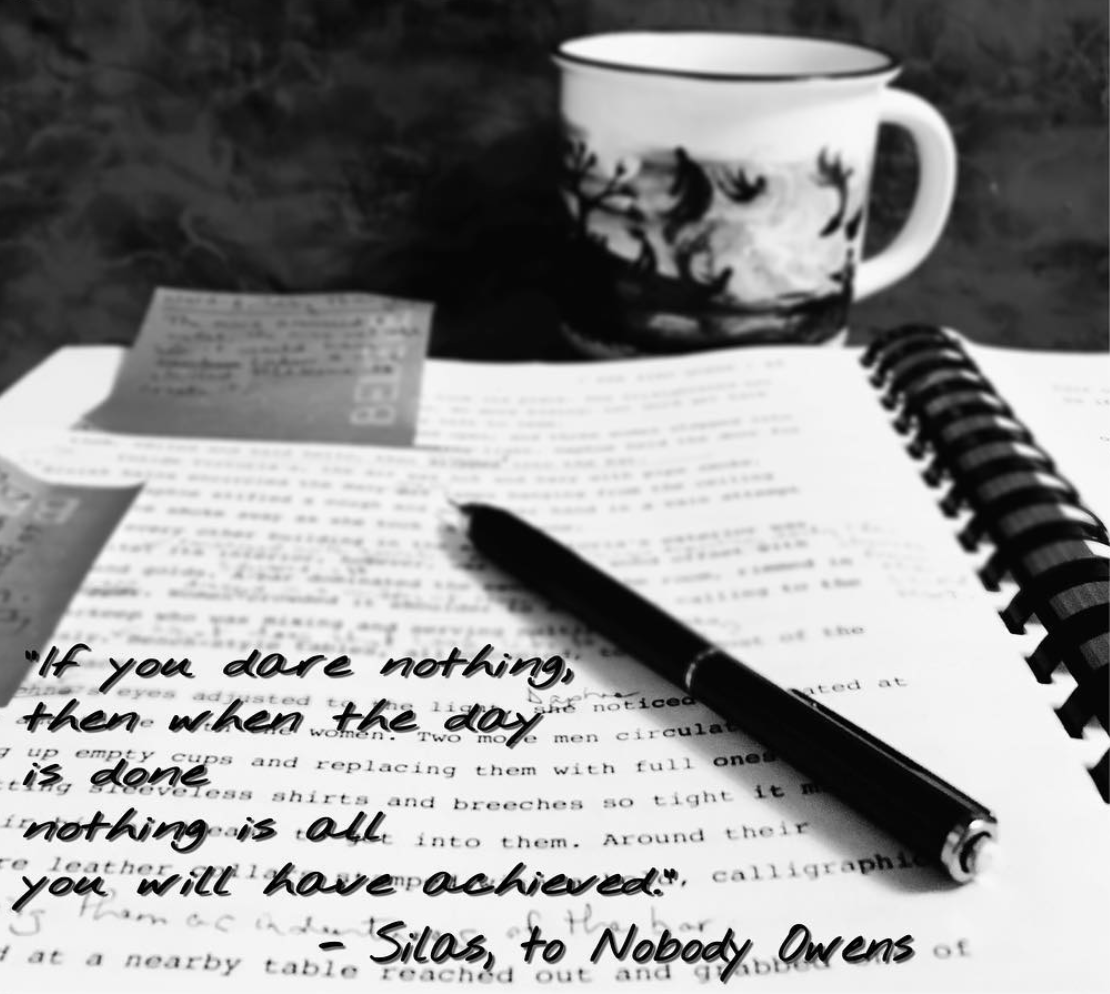
 It’s generally used disparagingly, but I embrace that identifier. You better believe I’m a Hardo, folks. YOLO. Go big or go home. Do, or do not. There is no try.
It’s generally used disparagingly, but I embrace that identifier. You better believe I’m a Hardo, folks. YOLO. Go big or go home. Do, or do not. There is no try. 
 You can read about some of my earlier adventures drafting this book
You can read about some of my earlier adventures drafting this book 

 So, what shall I work on next? There’s a corkboard on my office wall with hand written pages pinned up in various shades of fountain pen ink, and they all bear the same title: “Story Idea.” Guess it’s time to peruse my options.
So, what shall I work on next? There’s a corkboard on my office wall with hand written pages pinned up in various shades of fountain pen ink, and they all bear the same title: “Story Idea.” Guess it’s time to peruse my options. 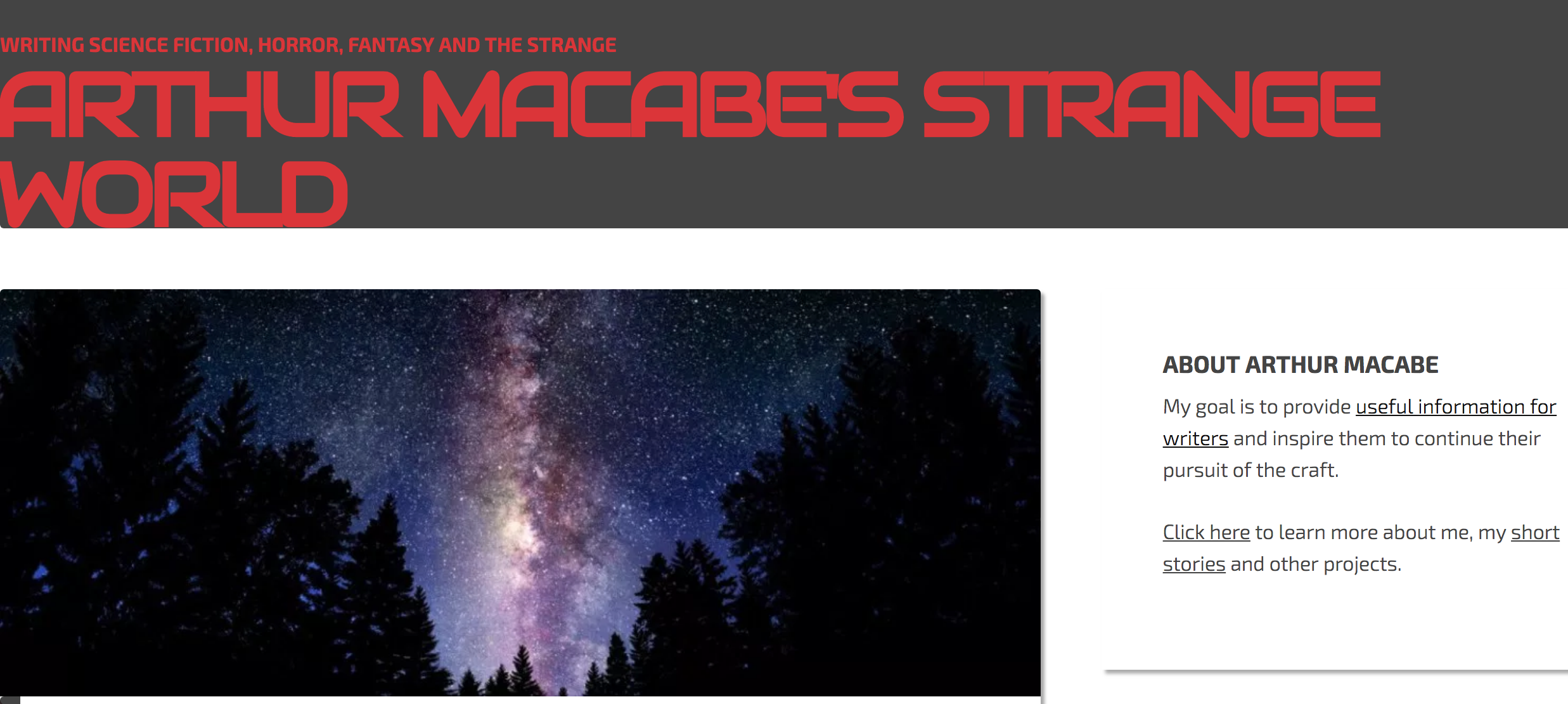

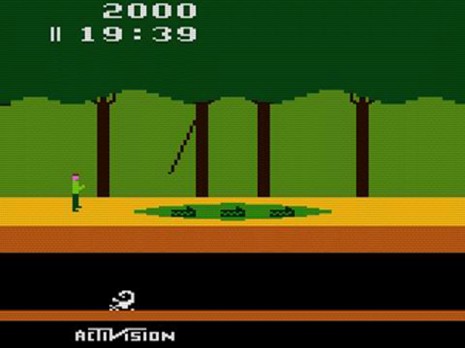

 Back in my early 20’s, right around the time I got married, I bought a copy of Stephen King’s semi-autobiographical craft book
Back in my early 20’s, right around the time I got married, I bought a copy of Stephen King’s semi-autobiographical craft book 


 Whether you’re a composer, a painter, a poet, or a novelist the act of creation uses energy. Literally. It also uses neurotransmitters. If you’re continually working on your art, you’re activating and reactivating the same neural networks in your brain again and again. The cells of those neural networks talk to each other via chemicals that are manufactured at night while you sleep. Over time, you can deplete your store of neurotransmitter by using them faster than you can make them.
Whether you’re a composer, a painter, a poet, or a novelist the act of creation uses energy. Literally. It also uses neurotransmitters. If you’re continually working on your art, you’re activating and reactivating the same neural networks in your brain again and again. The cells of those neural networks talk to each other via chemicals that are manufactured at night while you sleep. Over time, you can deplete your store of neurotransmitter by using them faster than you can make them.
















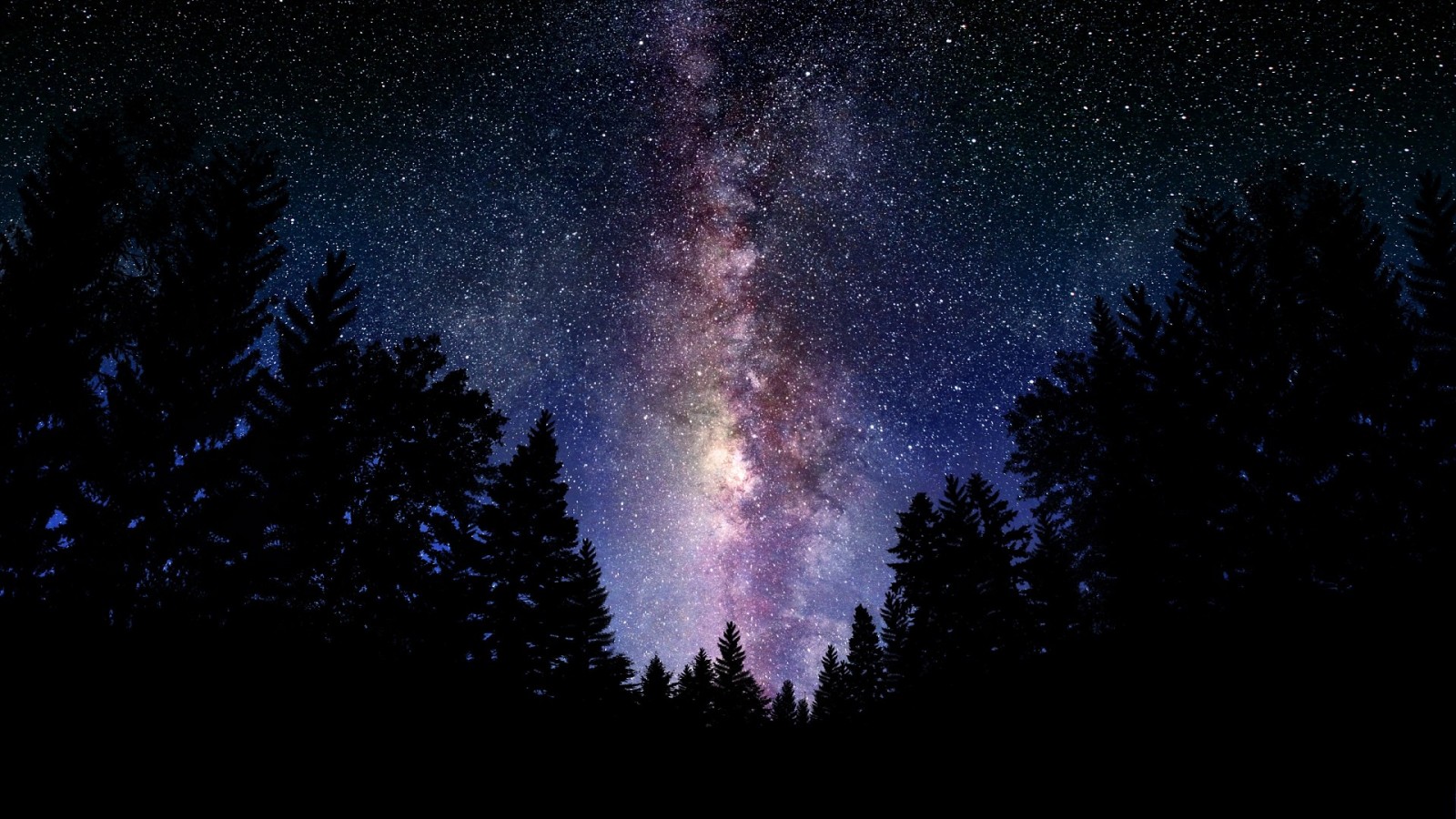
 I own a book called “
I own a book called “ The writing process for grad school is interesting, especially during the thesis semester. Most students enter their final semester with a first draft of their thesis already written. They’ll spend four months revising it before submitting it. They’re traveling a well-worn path by that point.
The writing process for grad school is interesting, especially during the thesis semester. Most students enter their final semester with a first draft of their thesis already written. They’ll spend four months revising it before submitting it. They’re traveling a well-worn path by that point.




 I can see again. Maybe I don’t have to die out here all alone in the cold, unforgiving forest of my mind. The book I’m writing is my destination once again. Chris Lynch had been my shelter. A few close writing-friends I’ve connected with through the program had been my water, my spouse is my fire, and all the fine books I’d been reading this semester have been my food.
I can see again. Maybe I don’t have to die out here all alone in the cold, unforgiving forest of my mind. The book I’m writing is my destination once again. Chris Lynch had been my shelter. A few close writing-friends I’ve connected with through the program had been my water, my spouse is my fire, and all the fine books I’d been reading this semester have been my food.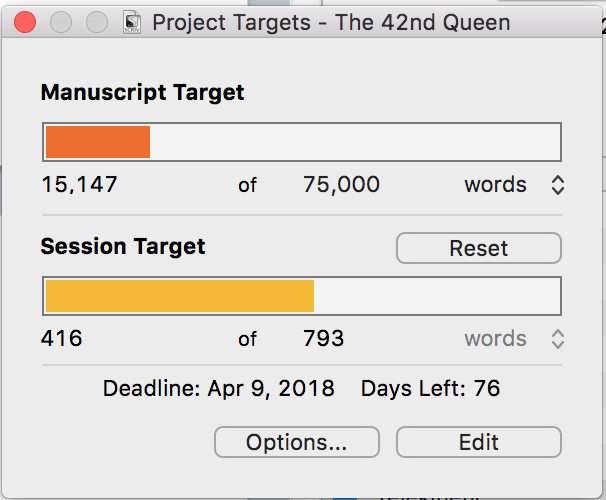
 I don’t particularly enjoy getting up at 5 AM every day. It’s a new habit I’m trying to cultivate as part of a synergistic
I don’t particularly enjoy getting up at 5 AM every day. It’s a new habit I’m trying to cultivate as part of a synergistic  That green bar is pretty, isn’t it? That was my session target bar at 4:23 PM yesterday afternoon. Not too shabby. I try to make sure that I’ve hit my daily word count goal before I head on home to my family after work because when I get home, writing gets really difficult.
That green bar is pretty, isn’t it? That was my session target bar at 4:23 PM yesterday afternoon. Not too shabby. I try to make sure that I’ve hit my daily word count goal before I head on home to my family after work because when I get home, writing gets really difficult.
 Something else happens when I knock off 300 to 400 words first thing. In addition to flooding my brain with dopamine like some literary addict, I also prime my imaginative pump and set myself up for my afternoon writing session.
Something else happens when I knock off 300 to 400 words first thing. In addition to flooding my brain with dopamine like some literary addict, I also prime my imaginative pump and set myself up for my afternoon writing session.
 Writing is like baseball. Most of the time, you recognize the pitch coming in and you manage a solid single when you swing at it. Occasionally, you strike out. Every once in a great while, though, you hit a grand slam. Or, if you’re new at it, like me, you dream about hitting a grand slam and when it’s your turn at bat, you give it everything you have and swing for the fences.
Writing is like baseball. Most of the time, you recognize the pitch coming in and you manage a solid single when you swing at it. Occasionally, you strike out. Every once in a great while, though, you hit a grand slam. Or, if you’re new at it, like me, you dream about hitting a grand slam and when it’s your turn at bat, you give it everything you have and swing for the fences.  I just got back from my amazing, energizing, mad-capped
I just got back from my amazing, energizing, mad-capped  The workshop sessions are one of the highlights of residency for me. I absolutely love reading other people’s writing, digging into it deeply, and then discussing it with other serious and passionate writers. I also love receiving feedback on my stuff. Even when folks point out more problems than positives in my work, I find the experience hopeful.
The workshop sessions are one of the highlights of residency for me. I absolutely love reading other people’s writing, digging into it deeply, and then discussing it with other serious and passionate writers. I also love receiving feedback on my stuff. Even when folks point out more problems than positives in my work, I find the experience hopeful.  Six days before my residency workshop pieces were due (we need to write two pieces, each between 3,000 and 6,500 words long), I contacted Chris Lynch with a question. It was via email, but this is how the conversation sounded in my imagination (I may have taken extreme liberties with the details).
Six days before my residency workshop pieces were due (we need to write two pieces, each between 3,000 and 6,500 words long), I contacted Chris Lynch with a question. It was via email, but this is how the conversation sounded in my imagination (I may have taken extreme liberties with the details).

 I’m all about the power of positive thinking and positive visualization. Think forward, not backward, I say. What do I want my future to look like, I ask, and then I act to manifest that future. The first step in that process happens in my own mind.
I’m all about the power of positive thinking and positive visualization. Think forward, not backward, I say. What do I want my future to look like, I ask, and then I act to manifest that future. The first step in that process happens in my own mind.
